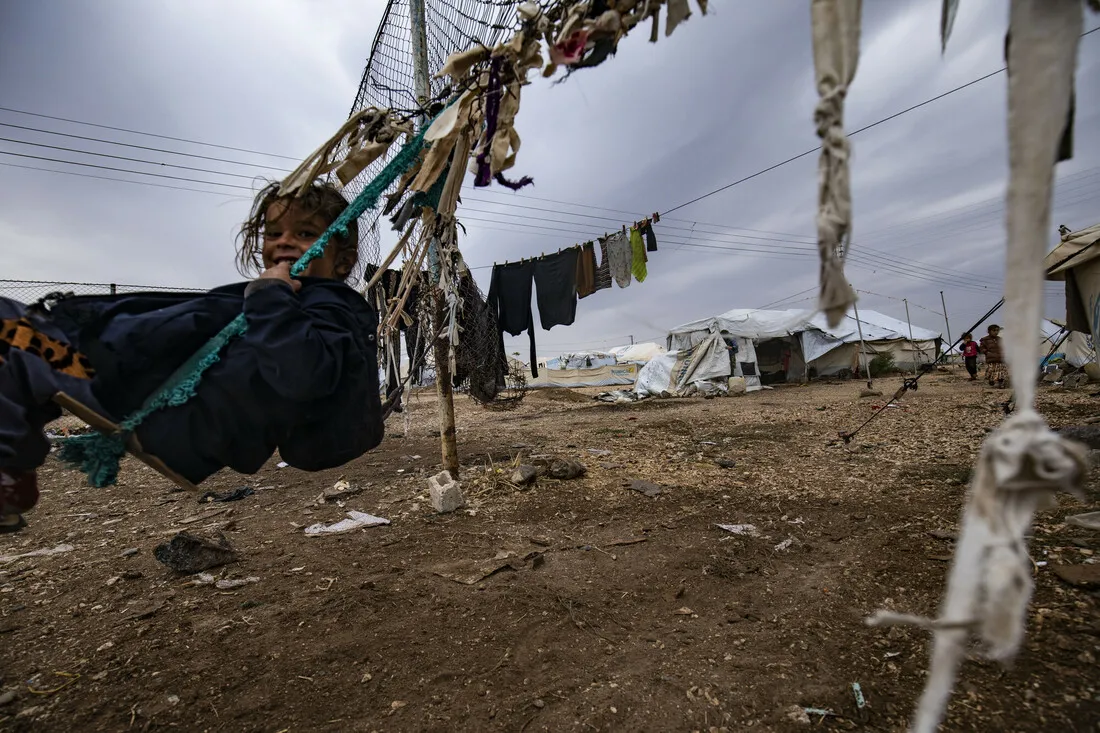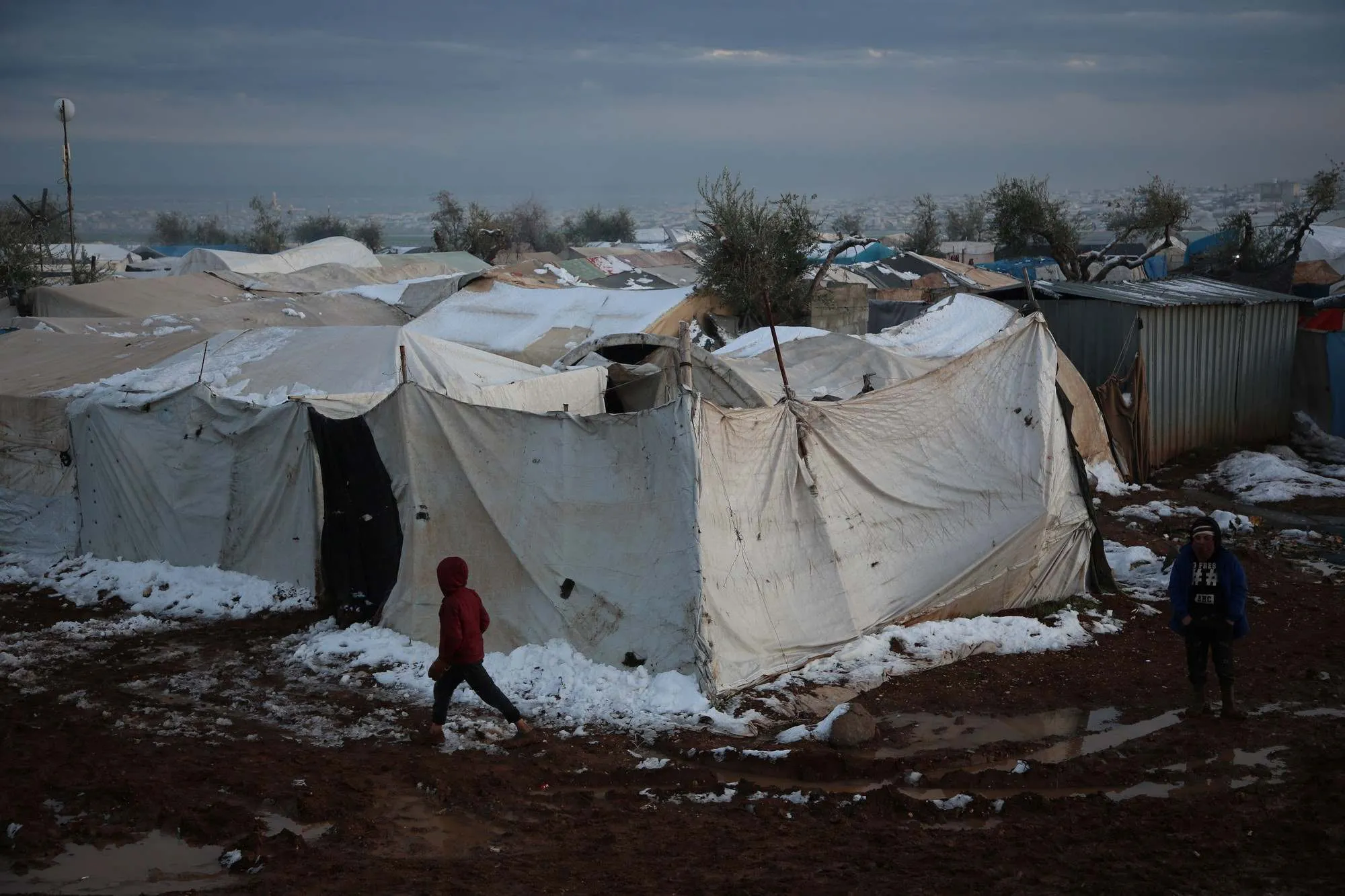How to help Syrian refugees: What CARE is doing
CARE supports the affected population in Syria through cash assistance and relief supplies, such as food baskets, baby kits, dignity kits for the elderly, access to water, sanitation, and hygiene items, and shelter.
During harsh winters, our partners have supported families with cash to buy items such as heaters and provided in-kind aid, including mattresses, blankets, floor coverings, and children’s clothing. We also work with health clinics to provide primary care and maternal and reproductive health services for women and communities affected by the conflict.
In long-lasting conflicts, it’s important to help people rebuild their lives and strengthen communities so they can cope better. CARE, along with its partners, has created programs to support these efforts. We provide families with things like help in farming, cash for work, empowering women economically, small loans, and mental health support. We also run activities to protect women and girls, offering safe spaces to raise awareness about violence, health, and teach life skills, along with recreational activities.
CARE works in northern Syria largely with partners. For the safety of our partners and staff, we do not disclose exact locations.
In 2023, CARE and its local partners supported over 3.5 million people inside Syria with lifesaving services and activities related to advancing gender equality.
*Last updated October 2024


